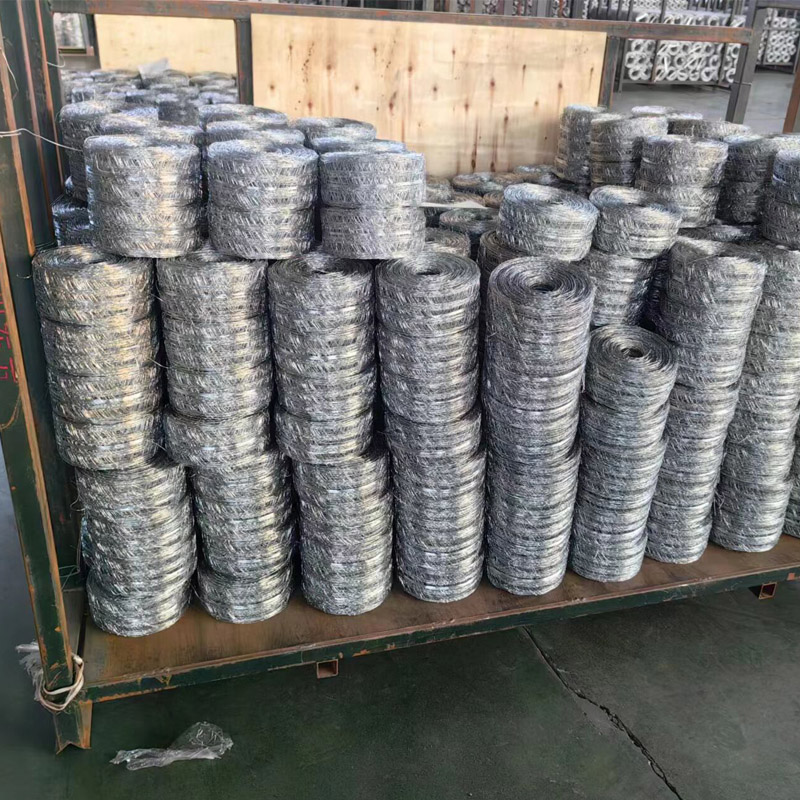
- Mobile Phone
- +8613931874955
- sales@cntcmetal.com
Exploring the Applications and Benefits of Industrial Extension Springs in Modern Engineering
Understanding Industrial Extension Springs Applications and Benefits
In the realm of mechanical engineering, springs play a crucial role in various applications, providing necessary force and flexibility in response to applied loads. Among the various types of springs, extension springs, specifically industrial extension springs, are vital components used across diverse industries. This article delves into the characteristics, applications, and advantages of industrial extension springs, illustrating their importance in modern engineering.
What are Industrial Extension Springs?
Industrial extension springs are tightly coiled springs designed to absorb and store energy when they are stretched. They are constructed from high-tensile strength materials and are engineered to maintain their shape and function even under significant loads. Typically made from materials such as stainless steel, carbon steel, or music wire, these springs are designed to operate efficiently in various environments, including high-temperature settings and corrosive atmospheres.
The basic design of an extension spring consists of coils wound in a helical shape, with hooks or loops at both ends. These hooks are used to attach the spring to other components, allowing it to function effectively as a tensioning device. When the spring is pulled, it stretches and provides a reactive force in the opposite direction, returning to its original length once the load is removed.
Applications of Industrial Extension Springs
Industrial extension springs find applications in a myriad of sectors. Below are some key areas where these springs are crucial
1. Automotive Engineering In the automotive industry, extension springs are often utilized in various systems such as doors, hoods, and trunk latches. They help ensure that these components return to their closed position after being opened, contributing to the overall functionality and safety of vehicles.
2. Manufacturing Machinery These springs are integral to manufacturing processes, providing tension in belts, pulleys, and other mechanical systems. They ensure that components are tightly secured and operate smoothly, thus enhancing the efficiency of production lines.
3. Aerospace Applications In the aerospace sector, extension springs play a critical role in various mechanisms, including landing gears and control surfaces. They help optimize performance and safety by maintaining tension and stability during operation.
4. Consumer Electronics Extension springs are also used in many consumer products, such as printers, washing machines, and coffee makers. They ensure that moving parts operate correctly, providing the necessary tension for functionalities like paper feeding or lid closing.
industrial extension springs

5. Bicycle and Sporting Equipment In bicycles, extension springs can be found in the braking systems, providing the necessary tension to ensure the brakes apply and release effectively. They are also used in various sporting equipment to enhance performance and reliability.
Benefits of Using Industrial Extension Springs
The advantages of industrial extension springs are numerous, making them an essential choice for many applications
- Durability Constructed from high-quality materials, extension springs can withstand considerable loads and environmental stresses, ensuring a long service life.
- Versatility These springs can be custom-designed to meet specific requirements, making them suitable for a wide range of applications across different industries.
- Cost-Effectiveness When properly designed and manufactured, extension springs provide reliable performance over extended periods, reducing the need for frequent replacements and maintenance costs.
- Efficient Energy Storage Extension springs are excellent at storing and releasing energy, which is essential for devices that require quick, responsive motions.
- Customization Options Manufacturers of extension springs can tailor the design, size, and material to meet unique specifications, providing tailored solutions for various applications.
Conclusion
Industrial extension springs are indispensable components across multiple industries, offering reliable performance and flexibility. Their ability to absorb and store energy makes them suitable for numerous applications, from automotive to aerospace and consumer electronics. By understanding the characteristics and benefits of these springs, engineers and designers can effectively incorporate them into various systems, ensuring enhanced functionality and efficiency. As industries continue to evolve, the significance of extension springs will undoubtedly remain, driving innovation and reliability in mechanical design.
share:
-
Your Source for Concrete Wall Ties and Masonry AccessoriesNewsJul.10,2025
-
Unlocking the Power of Iron Wire for Every ProjectNewsJul.10,2025
-
Explore Advanced Chain Wire and Stainless Steel Mesh FencingNewsJul.10,2025
-
Discover the Benefits of Annealed Wire ProductsNewsJul.10,2025
-
Discover China Stainless Steel Wire Mesh SolutionsNewsJul.10,2025
-
Build with Confidence Using High-Performance Masonry AccessoriesNewsJul.10,2025
-
Why Sacrificial Formwork Is Redefining Underground ConstructionNewsJun.06,2025



















